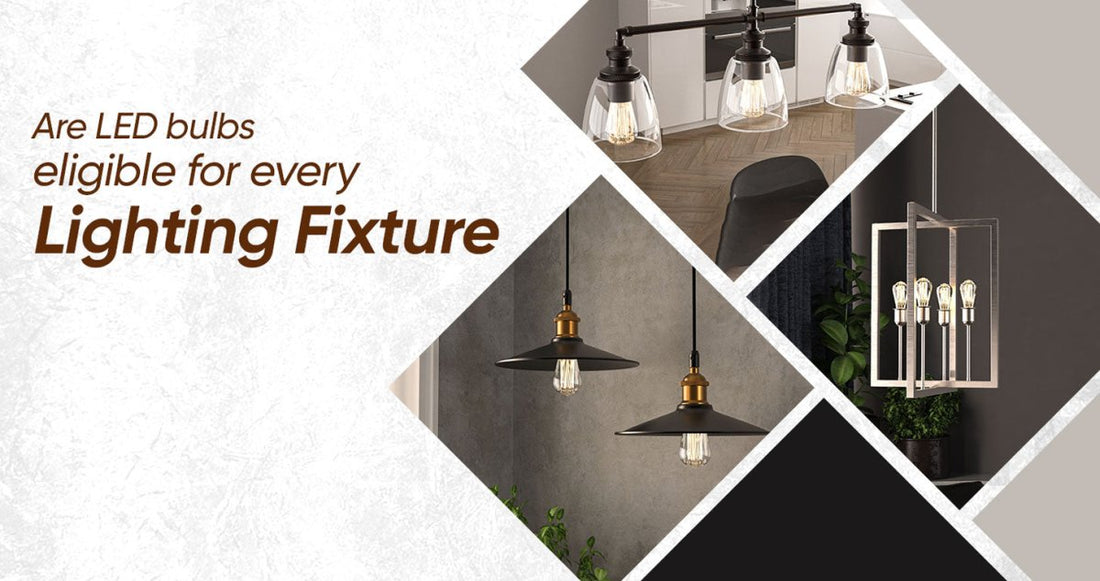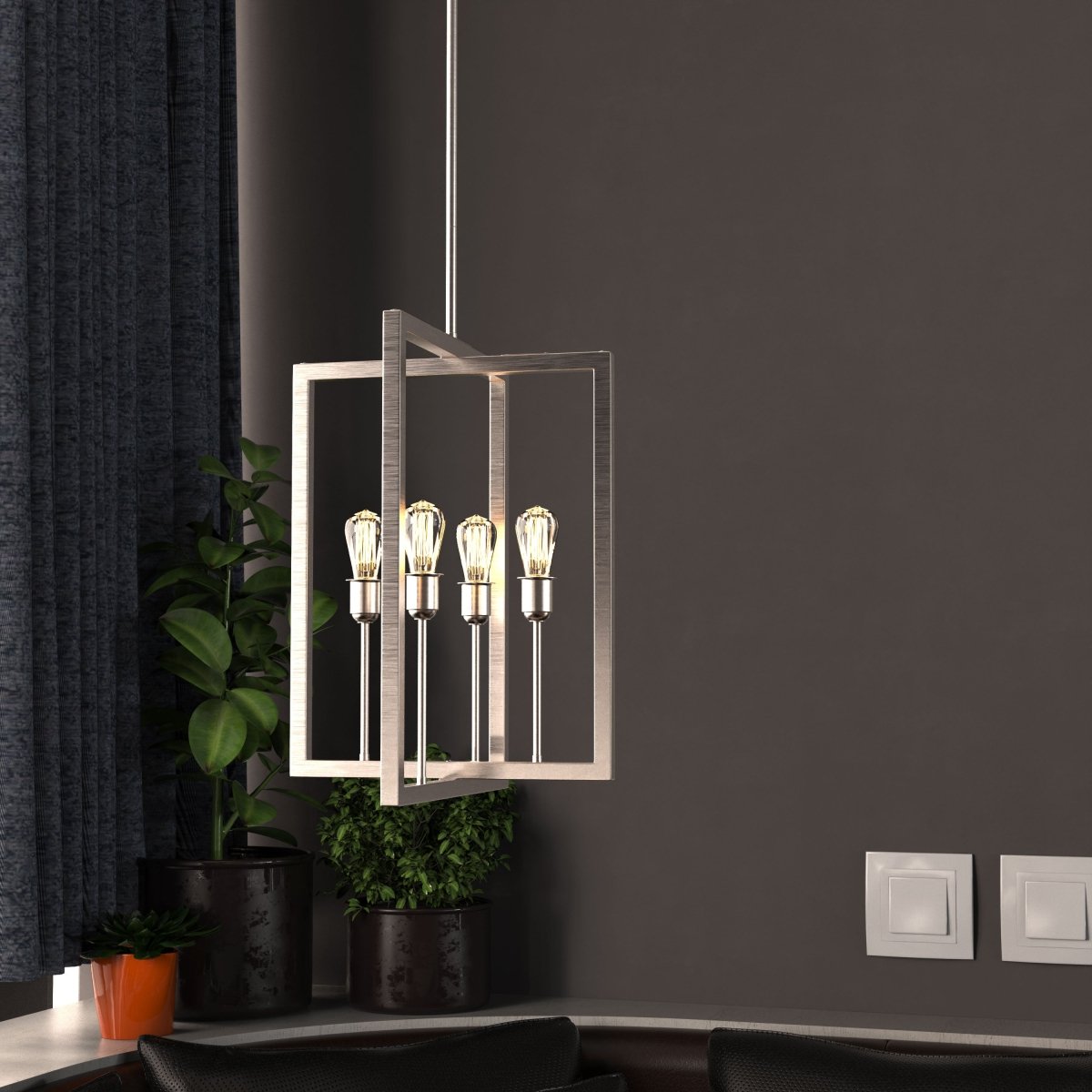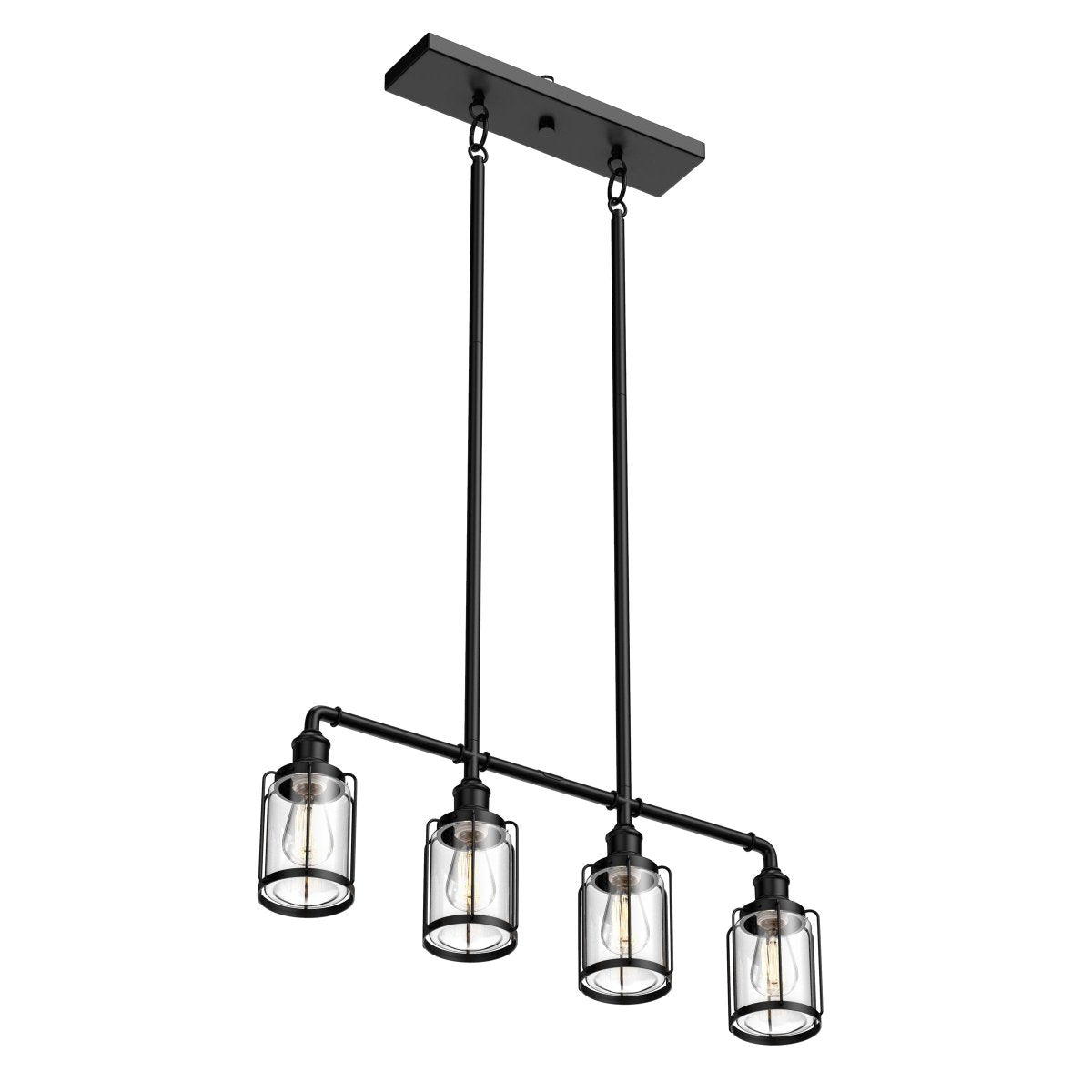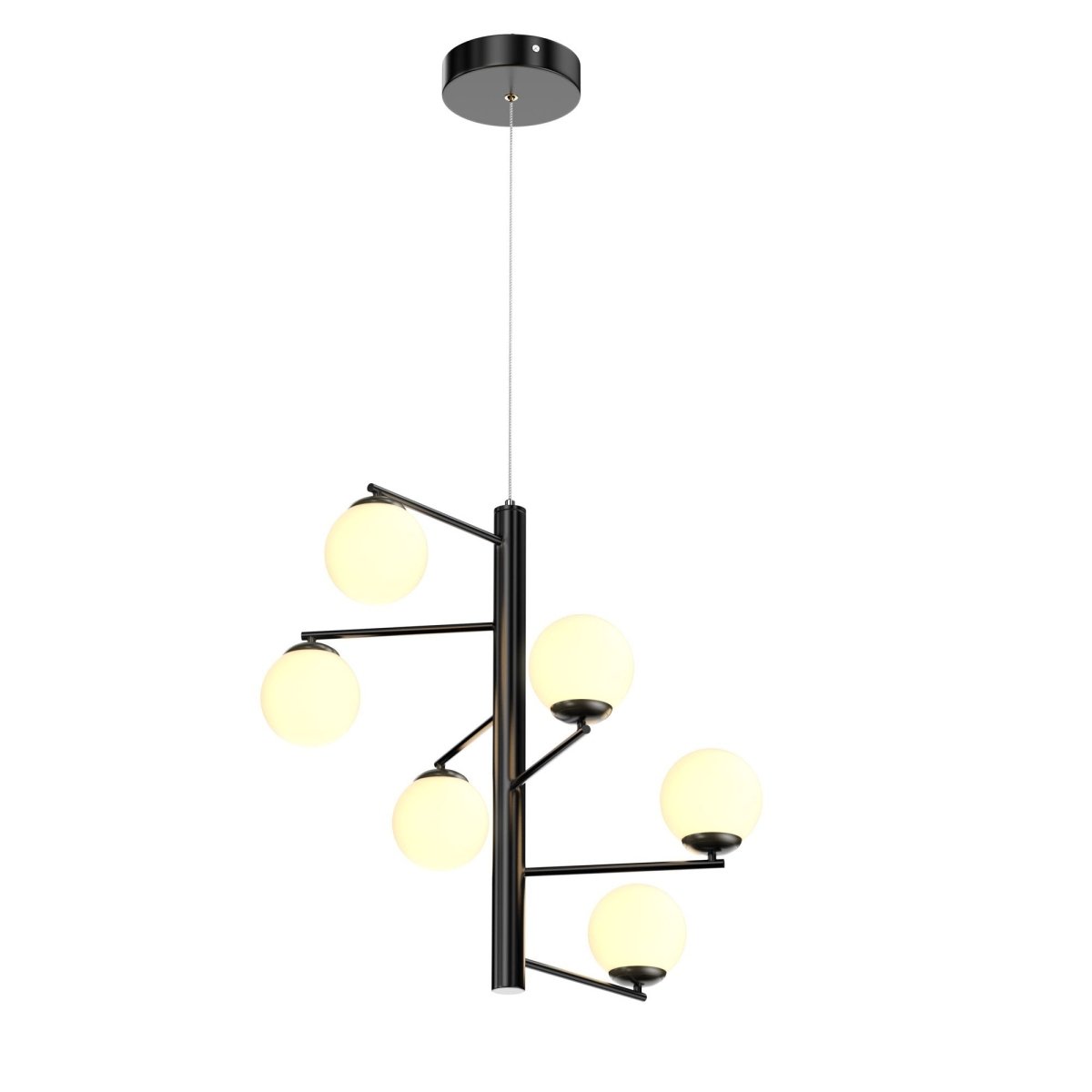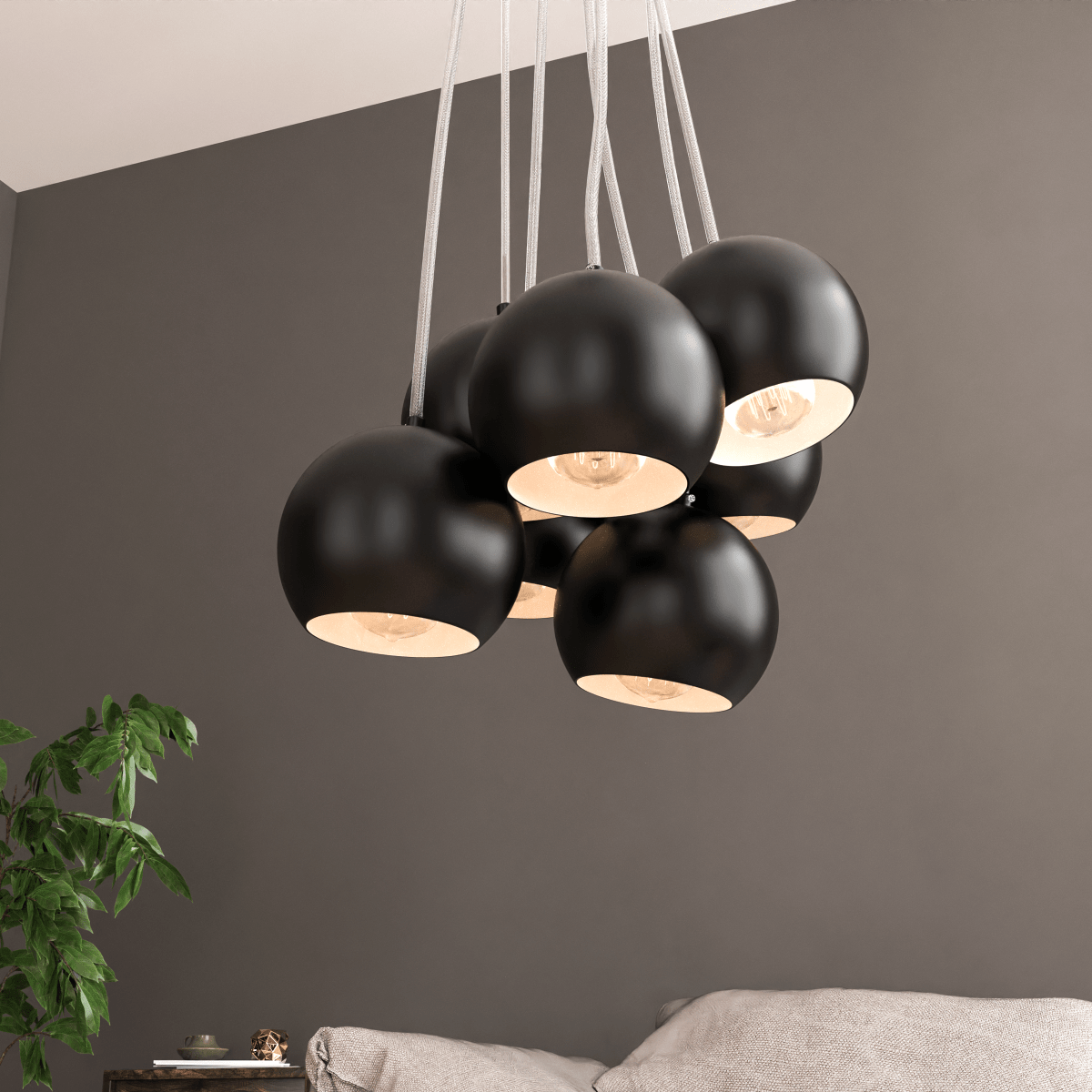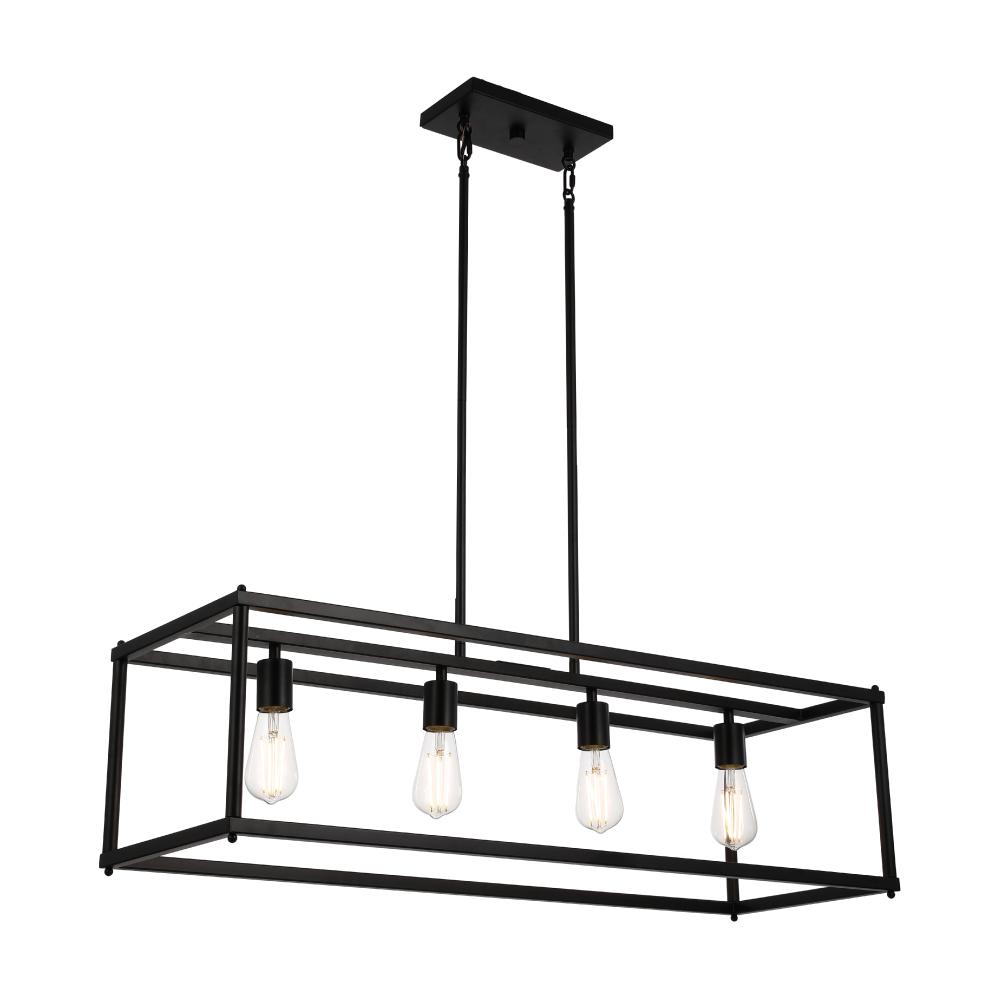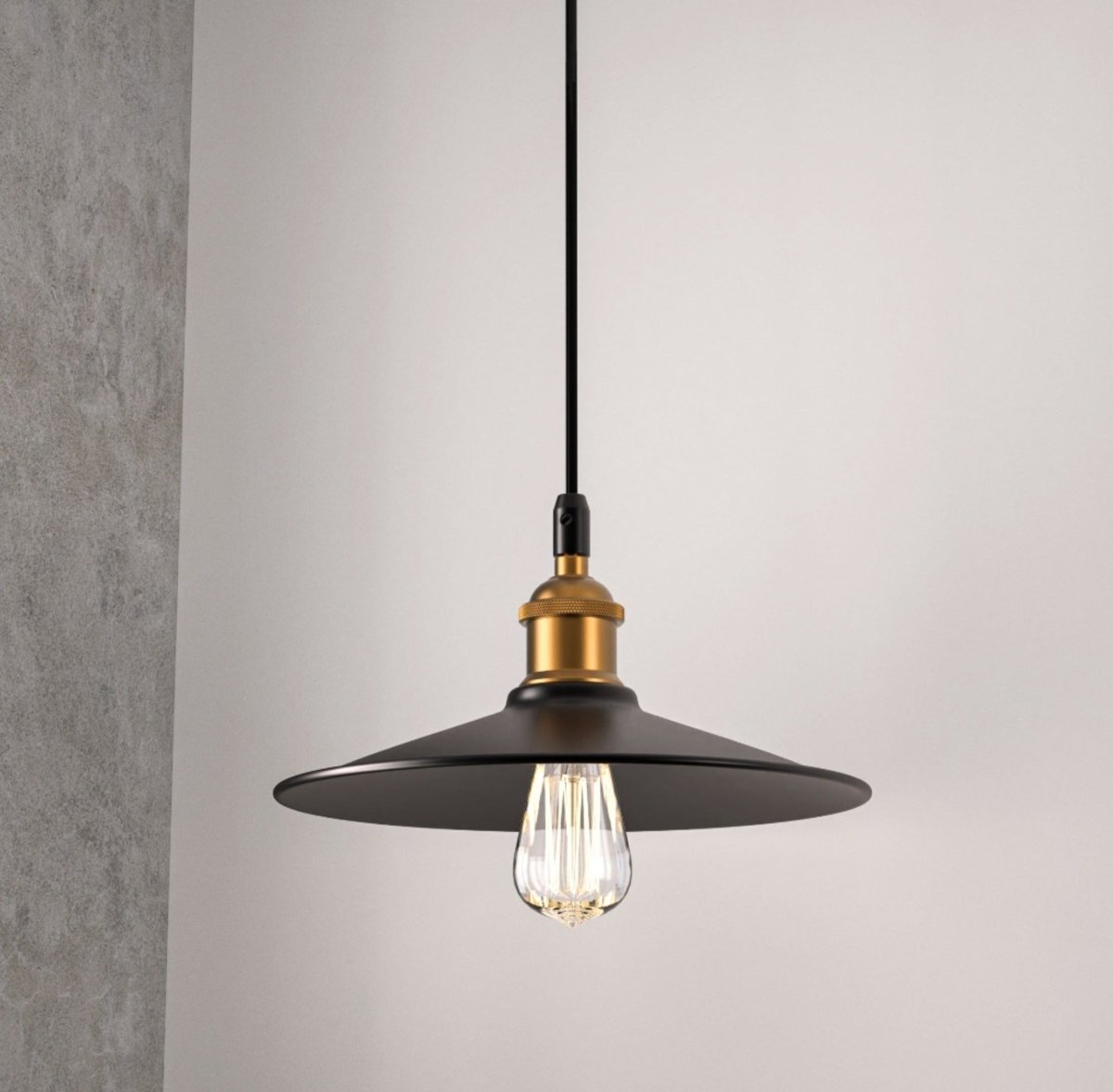Using LED bulbs in flush mount lighting, semi-flush mount lighting, and other decorative lighting fixtures has become a popular trend nowadays. LED bulbs have grown out to be a revolution in the lighting industry because of their efficient features. They are not just limited to illumination, but their performance seems to create an impactful effect in the atmosphere by simultaneously being an efficient lighting alternative.
Moreover, LED bulbs can effectively replace incandescent and fluorescent bulbs. If you are looking forward to changing your conventional lights with a LED alternative, you can certainly go for it. They can be the best suitable option for LED flush mount ceiling lights, pendant lights, chandeliers, and other decorative lighting fixtures. As far as the fixture is not airtight or does not have a conventional dimmer system, the LED bulbs are for sure eligible for every lighting fixture.
Do LED bulbs support incandescent and fluorescent fixtures?
Yes, LED bulbs can support incandescent and fluorescent fixtures only if it fits aptly to the bulb holder base and if they are of an apt voltage. Swapping the halogen and fluorescent bulbs with an LED bulb alternative is supposedly an efficient replacement option with numerous benefits promoting longevity and efficiency.
Furthermore, you are supposed to make sure to check the bulb base type or if it fits aptly to the fixture. In some cases, the fixtures are designed in such a manner so that the incandescent bulb can be visible. So, if you are looking for bulb replacement, look for LED bulbs with a halogen look. They can be easily found in the market nowadays.
Moving on, people might get confused while selecting the bulbs. This is because they are not certain if the bulb they are opting for should be of the exact same wattage as the incandescent bulb. Well, as far as the bulb is compatible with your flush mount lighting, you can look for a comparatively lowered wattage LED bulb of the same lighting effect.
For instance, a 4 Watt LED bulb is equivalent to a 40 Watt incandescent bulb. So, the illumination effect of the LED bulbs will be exactly the same as the incandescent bulb would be. Moving forward, there is a table mentioned below showing the conversion from Lumens to Watt in different types of bulbs.
|
Brightness (In Lumens) |
Incandescent Bulbs |
Fluorescent Bulbs |
LED Bulbs |
|
220 and more |
25W |
6W |
4W |
|
400 and more |
40W |
9W |
6W |
|
700 and more |
60W |
12W |
10W |
|
900 and more |
75W |
15W |
13W |
|
1300 and more |
100W |
20W |
18W |
Is it possible to put LED and incandescent bulbs in the same fixture?
It is highly recommended not to use LED and incandescent bulbs in the same fixture as it might cause fixture failure. Even though you have a multi-socket fixture, using two different bulb types will not be an intelligent decision to make. Doing so will harm your LED bulbs and their lighting performance.
Moreover, if you are opting for a highly efficient LEDbulbs with apt heat sinking property, it will still not work along with an incandescent bulb. This is because of the excessive heat emission created by the incandescent bulb that will create an intolerant atmosphere for the LED bulb. Led bulbs only offer excellent performance if the fixture is cool with a proper heat dissipation feature. Thus, it will not be a great decision to mix the types of bulbs in the same flush mount lighting or semi-flush mount lighting fixture with multiple bulb slots. Instead, go for changing all the bulbs with a like type.
Does LED require any specific type of fixture?
Not every type of fixture is compatible with an LED bulb. Some LED flush mount ceiling lights and semi flush mount ceiling lights support LED bulbs only. Some are suitable for both incandescent and LED bulbs. However, a few types of fixtures do not work with LED bulbs.
This can majorly be because you have a dimmable fixture with an inbuilt dimmer, but your LED bulb doesn’t seem to be compatible with the fixture. In that case, the light will tend to flicker, dim down eventually, and will not perform well at all.
Moving forward, another reason for the incompatibility issue could be due to the structure of the fixture. Let’s say if your flush mount lighting fixture is entirely packed, the LED bulbs will not work appropriately because it will tend to produce heat without letting it dissipate. In order to let the LED thrive, the environment around the bulb must be cooler. However, with semi flush mount ceiling lights, there are fewer chances of this type of issue.
Winding up:
In conclusion, we can estimate that the LED bulbs are somewhere eligible for every lighting fixture. If you opt for flush mount lighting, semi-flush mount lighting, pendant lights, chandeliers, etcetera, you need to make sure of a few things like the fixture compatibility, base type, and fixture’s shape and structure. If you are certain about these scenarios, you can make this work.















































































